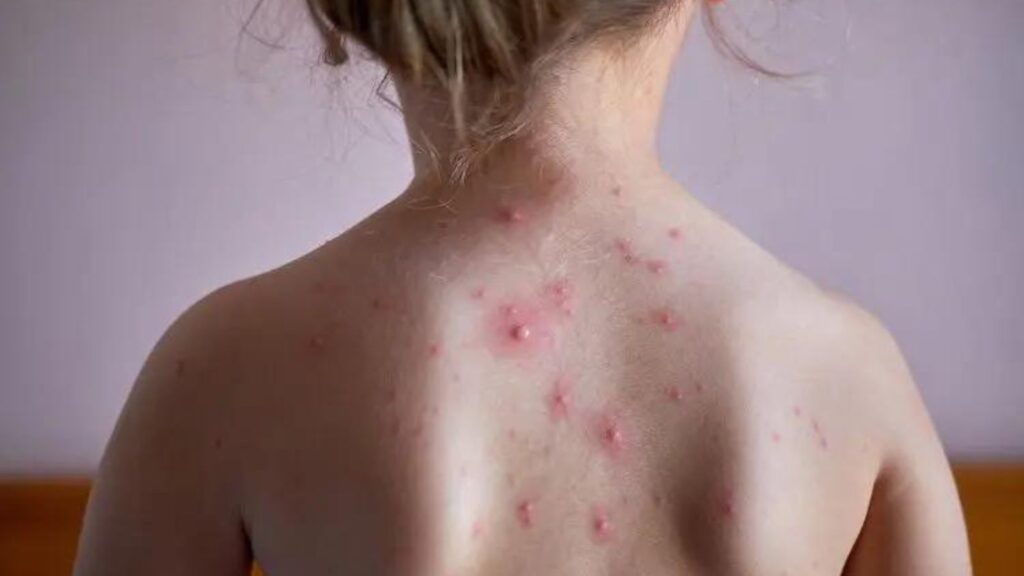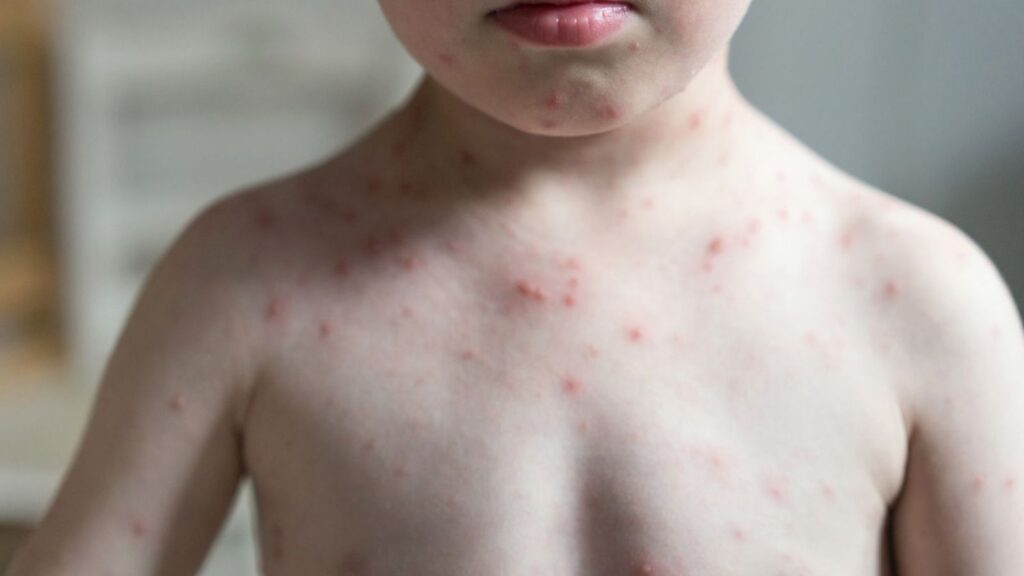Shingles in children is a topic that often goes under the radar. While most people associate it with older adults, it’s crucial to understand that children can also be affected. This condition, known for its painful rash and discomfort, can raise many concerns for patients.
Is it contagious? How serious can it get? And what steps can you take to prevent it? This guide will delve into these questions, providing clear, straightforward answers to help you keep your child safe and informed.
Continue reading for further information.
How the Virus Spreads: Uncovering the Myths
This illness is caused by the reactivation of the varicella-zoster virus responsible for chickenpox. They occur after a child recovers from the illness. After a child recovers from chickenpox, the virus doesn’t leave the body but instead becomes inactive within the nerve tissues. The virus can reactivate years later as a painful rush. This usually occurs in adults, but children are not entirely exempt.

Unlike chickenpox, this illness is not directly contagious. Your child won’t spread the disease to others. However, if they have the illness and someone without immunity to chickenpox comes into contact with the open rash, they could develop chickenpox, not shingles. This means the virus spreads through direct contact with fluid from the shingles blisters, not through airborne transmission like many other viral infections.
The Intensity of Shingles in Children
When the virus affects kids, the symptoms are generally milder than those in adults. The most common signs include a painful rash that appears in a band-like pattern on one side of the body. Before the rash appears, children might experience tingling, itching, or pain in the affected area.
The rash typically lasts about 2 to 4 weeks, and most children recover without any long-term effects. However, the severity can vary. Some children might experience more intense pain or a more widespread rash, especially if their immune system is compromised or if they have underlying health conditions.
So, if these shingles seem intense in your little one, then it is recommended to consult with your healthcare provider. So, if the symptoms seem intense in your little one, it is recommended to consult with your healthcare provider. The professional can give you the right medication and prevent it from spreading. In the point below, you will learn the aspects you can do to prevent the disease in your child.
Is Shingles Contagious Among Children?
A common concern is whether a child with this virus can spread the infection to others. The answer is nuanced. The condition itself isn’t spread from child to child. However, the varicella-zoster virus can be transmitted from a child with active symptoms to someone who hasn’t had chickenpox or its vaccine. It potentially can cause chickenpox in that person.
The risk of transmission is highest when the rash is in its blistering phase. Once the blisters dry and form crusts, the virus is less likely to spread. It’s important to note that this condition cannot cause another person to develop similar symptoms. It can only lead to chickenpox in those who are not immune.

Preventing Shingles in Children
The most effective way to prevent this illness in children is through vaccination against chickenpox. The chickenpox vaccine significantly reduces the likelihood of contracting the virus and, consequently, lowers the risk of shingles. Even if vaccinated children do develop chickenpox, the disease tends to be milder and less likely to result in shingles later. Even if vaccinated children do develop chickenpox, the disease tends to be milder and less likely to result in further complications later.
In addition to vaccination, good hygiene practices are crucial. Teach your children to wash their hands regularly, avoid touching or scratching rashes, and keep any cuts or wounds clean and covered. These steps help reduce the risk of spreading infections, including those caused by the varicella-zoster virus.
Controlling Shingles and Preventing Spread
If your child has shingles, there are several steps you can take to manage the condition and prevent spreading the virus. First, ensure that the rash is kept clean and covered. This helps to reduce the risk of spreading the virus to others. Avoid sharing towels, bedding, or clothing with the infected child.
Pain management is also important. Over-the-counter pain relievers and cool compresses can help alleviate discomfort. In some cases, a healthcare provider might prescribe antiviral medications to shorten the duration of the illness and reduce the severity of symptoms.
To minimize the risk of spreading the virus, it’s best to keep your child home from school or daycare while the rash is active and blistering. Encourage them to avoid close contact with others, especially those who have never had chickenpox or the chickenpox vaccine.
The Final Thoughts
Shingles in children, while less common and typically milder than in adults, still require attention and care. Stay informed and proactive in safeguarding your child’s health against shingles and their potential impacts.
